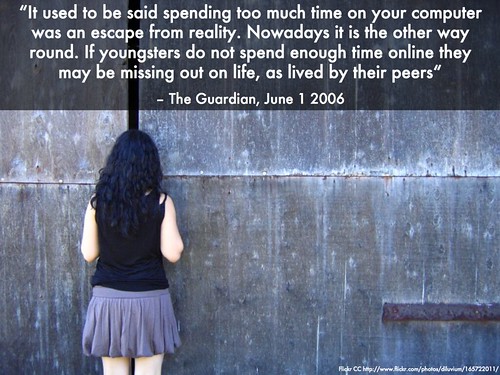I have known people who have an interest in facts — and they have always amazed me. They are able to wheel off pieces of information at will … the number of internet users in Asia, the number of countries susceptible to bird flu, the number of mobile phone users and so on. This ability has always been a source of wonder for me … how do people do it?
I must admit I have always struggled with facts … studying history filled me with terror as I knew that I could not remember dates, or items (particularly urns) or the dates of events. I used to see this as an area that I had to work on … perhaps I just needed to apply myself — work harder to remember. So I embarked on a series of challenges. My first was to act on stage … and this meant learning lines.
I remember the challenge of learning the lines by rote. I went over my lines time and again. As I was also the writer, I made sure that I had the smallest part — the ringmaster — and it was my role to throw the focus over to my more accomplished colleagues and let them perform to their best. On the day of the performance we rehearsed well. I was confident. But then …
When the lights up all my lines evaporated. I could remember the first line … but then I just talked. I spoke about the ideas behind the script, the themes that we had fleshed out in workshops, and I talked about the audience and what we had hoped they would like or feel or interpret about our performance. And then I remembered by cue and threw to one of my astonished friends dangling from a climbing rope from the ceiling.
I learned from all this that I should not try and learn the facts. I should learn about the ideas. Now, when I present to clients, I present the ideas around the slides, not the facts shown in the bullet points. I am not about facts … and neither should my clients be interested in them — facts we can find aplenty — but a good idea or a rash of good ideas can set the room on fire.
Oh by the way, everyone loved the performance. Even my acting buddies — though they all agreed as an actor I made a great director.
[OK … facts can help a presentation — and can make you look like you have done your research. Want to know where to get some good ones? Try here (thanks to Terry).]
S.

